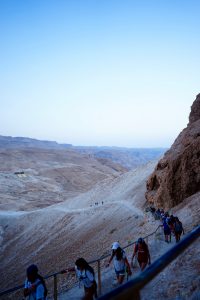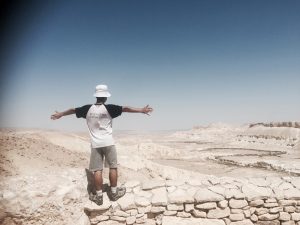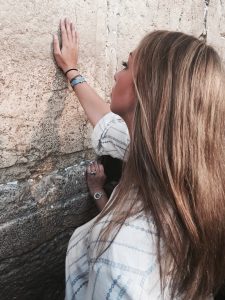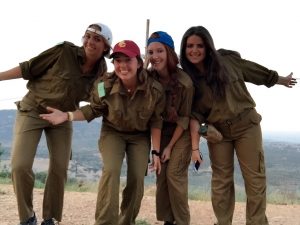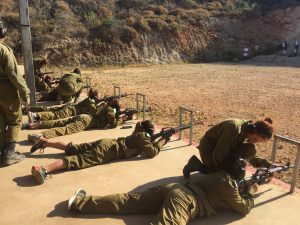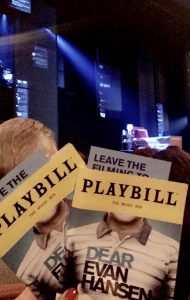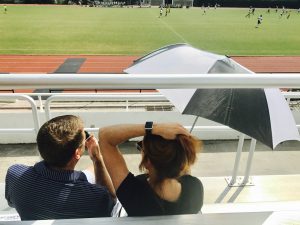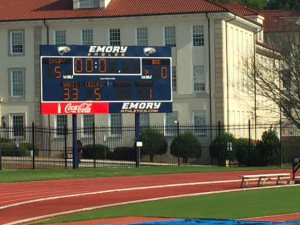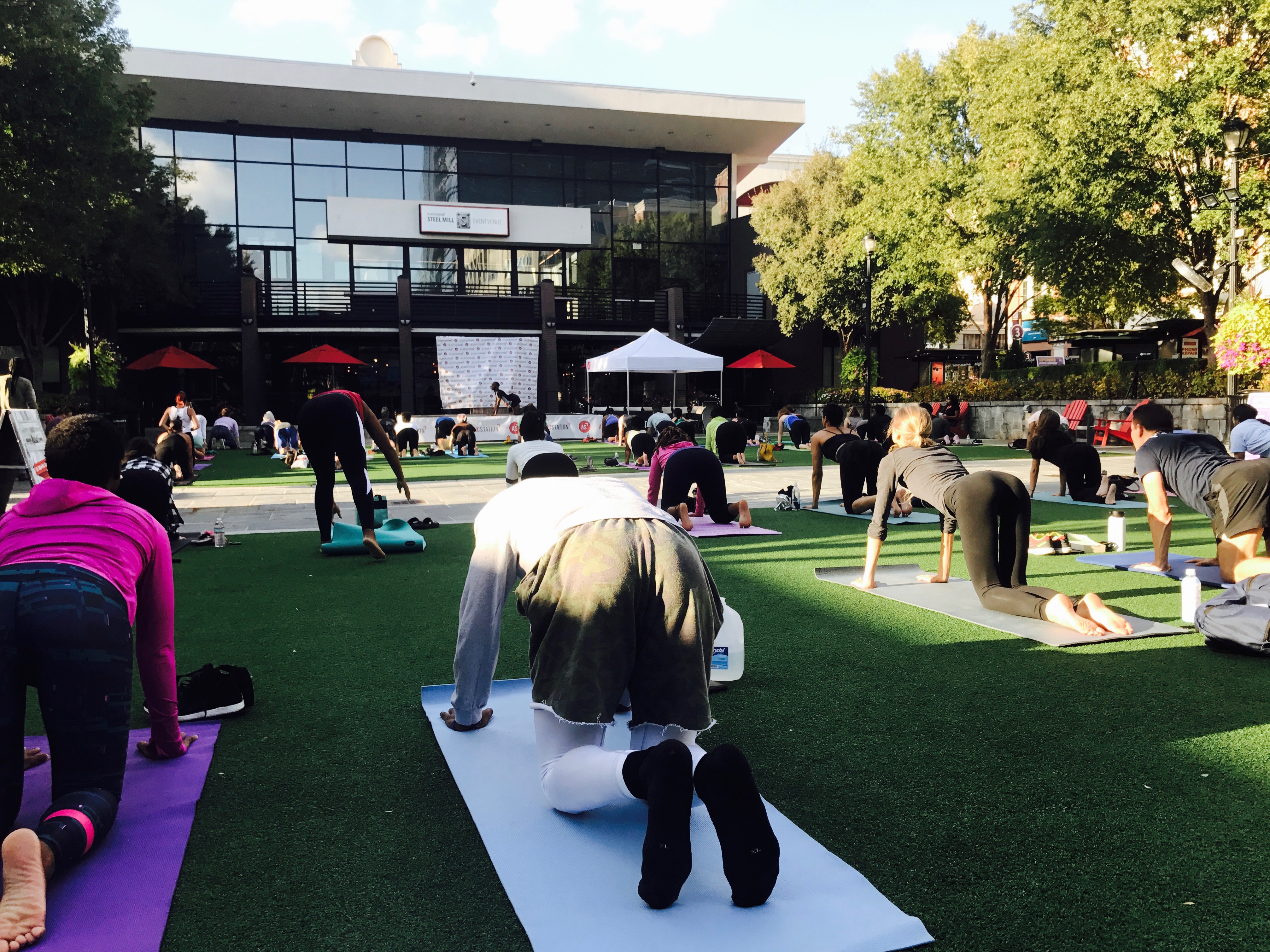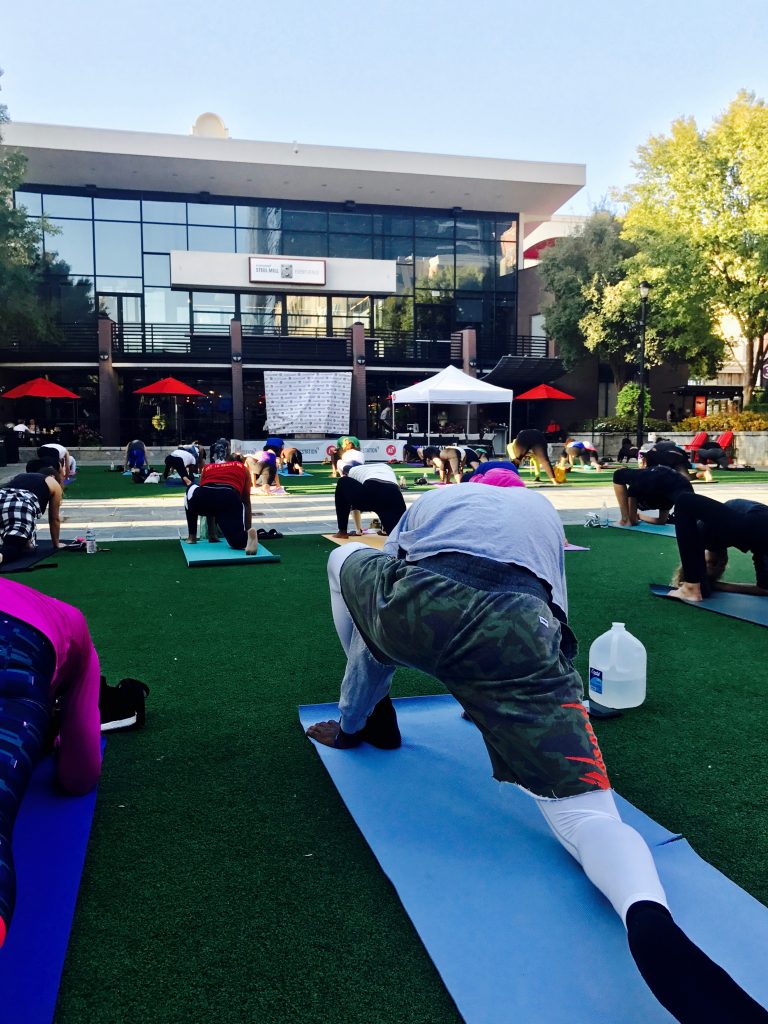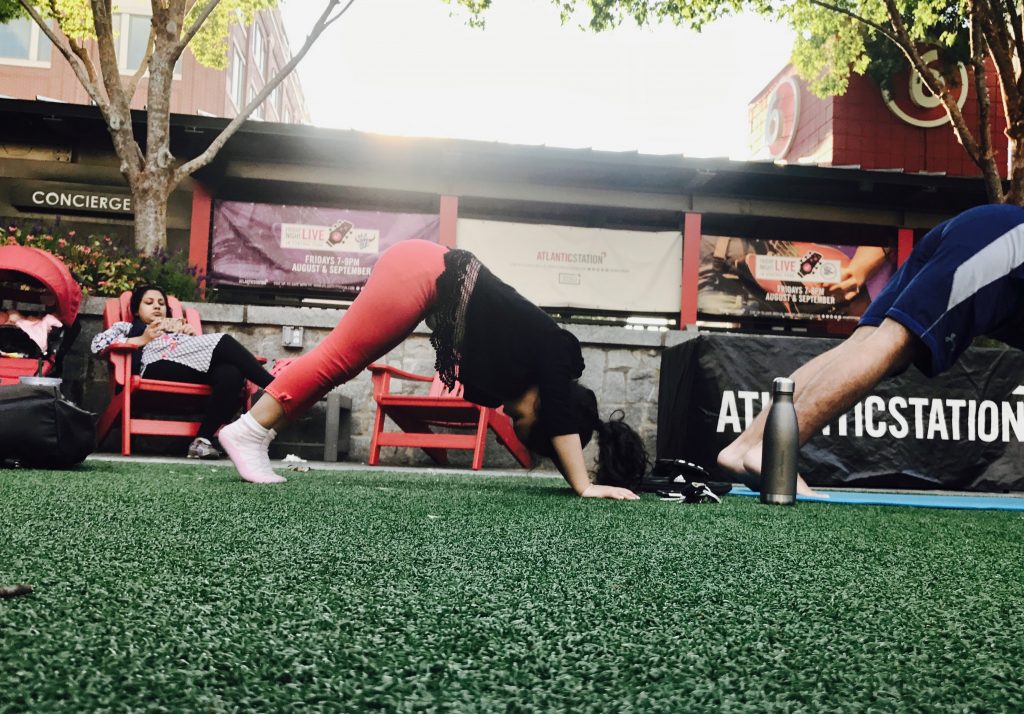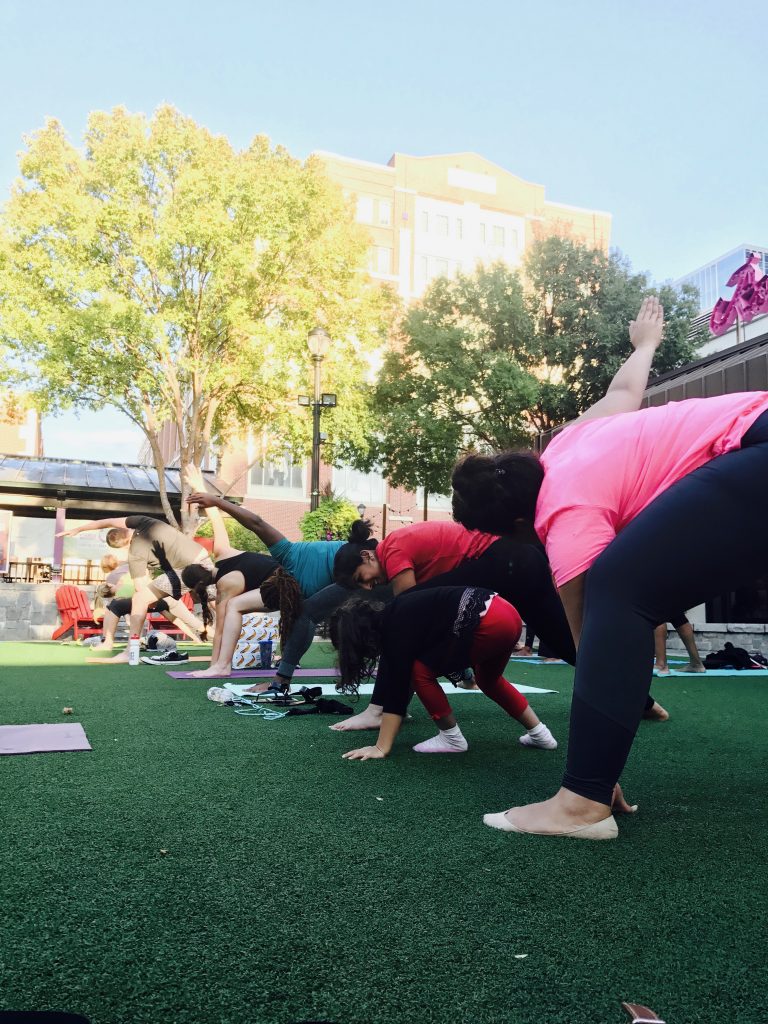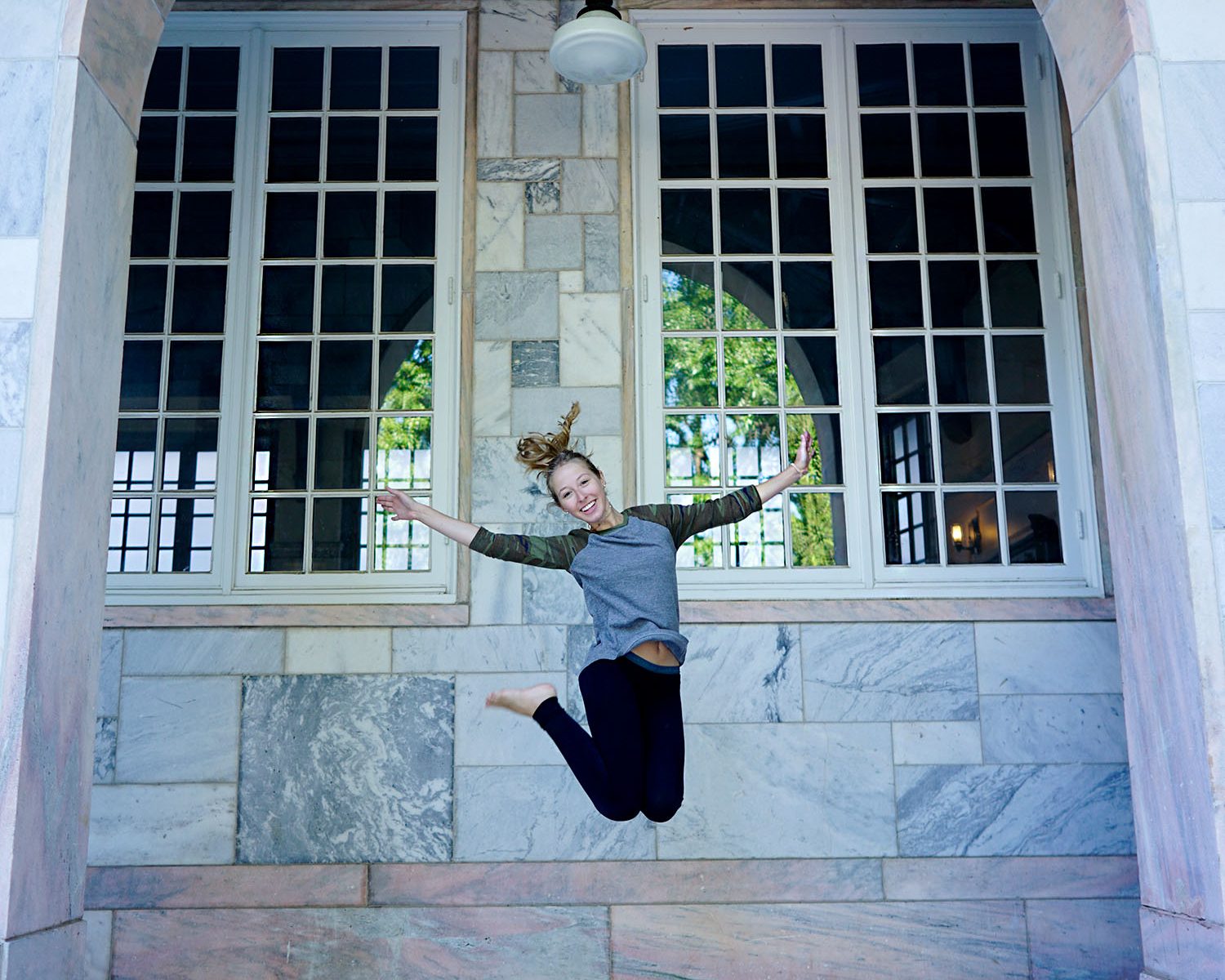What do you think is most unique about the structure of the buildings on Emory’s campus? What made a lasting impression on you in terms of their composition? Our campus is renowned for its beautiful architecture, with ubiquitous Georgia marble as far as the eye can see. While some buildings on campus are not as picturesque as others, there are definitely those that provide our school distinction, while intertwining its unique aesthetic value.
On Thursday, November 2nd, we attended a lecture in The Carlos Museum titled “The Fabric of Divine Power: textiles and bundles in ancient Mesoamerica.” The speaker, Dr. Dorie Reents-Budet, is the current Curator of Art of the Ancient Americas at the Museum of Fine Arts Boston and the Senior Research Associate at the National Museum of Natural History Smithsonian Institution.
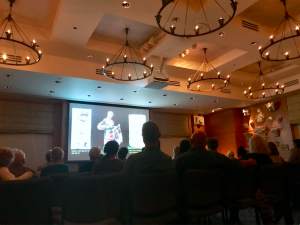
As we ventured into a room filled with primarily grey-haired individuals, we were a bit skeptical as to whether this lecture was appropriate for our age. However, as we glanced around the dimly-lit room, we began to reminisce upon the certain value this environment held; We noticed beautifully hung chandeliers, filled with eight shimmering lights gleaming from each one. Ancient architectural sculptures of faces, animals, and masks, stemming back to 1000 B.C.E, lined the walls in efforts to allow the audience to harken back to a prior historical era. As the lecture continued, the lighting began to shift in context to what Dr. Dorie Reents-Budet was discussing: while projecting elaborate weaving tools of gold, jade, and other precious materials, she dimmed the lights in order to envelop her audience in these ancient works of art. Thus, revealing that skilled weaving was a high-status occupation for the elite.
Weaving our way through the lecture, we detected the many cultural and artistic differences between the Pre-Columbian societies and how it transformed the Americas into a breeding ground of beauty and fashion. The three famous societies, Aztecs, Mayans and Incans, congruently shared an individual style that reflected their environment, morals and overall way of life. Though these civilizations inhabited the western hemisphere and were able to communicate to each other, no fashions within any two civilizations shared any true similarities, when it came down to it. In fact, fashions within each society varied vastly depending upon their locations. Due to limited resources, these civilizations were forced to have some similarities when it came to dyes used on the fabric or fabric composition, but each product was unique nonetheless. Before the conquistadors, the ancient Mesoamerican world was full of cultural fashion and textile differences and similarities that range from the type of cloth used to the way patterns were stitched.
Often times we take things for face value, not realizing the subconscious affects certain objects have on us. Dr. Dorie Reents-Budet stressed this idea throughout her presentation, highlighting the importance of textiles in Mesoamerican society. For the purposes of her research she looked at prestige goods in Southern Mexico and the Yucatán region. She noted that textiles were at the heart of the socioeconomic system, and were used as taxes among certain groups. Due to the given nature of textiles, most of them do not survive, thus archaeologist and researchers must look at other forms of art (i.e. pottery, paintings or architecture) in order to grasp a better understanding of the role of textiles.
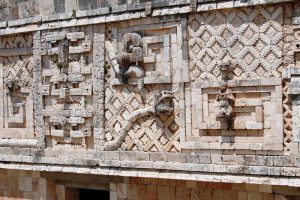
Although the many ancient textiles have not survived the tropical climate of Mesoamerica, Pre-Columbian depictions and paintings of figures wearing the woven cloth have indicated that textiles were decorative, highly valued, and utilized to convey an elite status. In the case of architecture in particular, the socioeconomic value of a building can be discerned from the intricacies of the building’s architecture. For example, the elite residential compound “The Nunnery” is known for its intricate mosaics along its facade. If you view the mosaics along the facade as the equivalent of textiles, then it can be extrapolated that they served to reinforce the importance of textiles in the Mesoamerican economy.
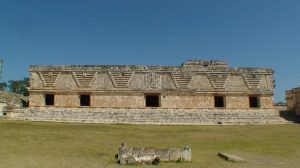
However, Mesoamericans continue to produce highly skilled, traditional textiles throughout contemporary times, both to preserve and continue their cultural heritage, while earning an income through the tourist trade. Nevertheless, textile-making was not and is not a static art form; Throughout their history, Mesoamerican weavers have adopted and adapted new materials, techniques, and designs as they have become available through interaction and trade, and they have developed new forms to appeal to potential customers.
As we contently listened to the lecture, we began to draw a parallel between the symbolic representation of the ancient textiles through Mesoamerica and the unique architecture here at Emory. Just as Dr. Reents-Budet reflected how the more intricate textiles made them more memorable, we were able to note that Emory’s unique features of its architecture serve to leave a lasting impression on those exposed to them.
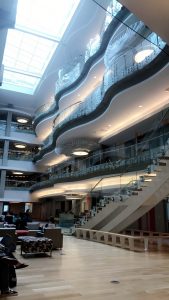
Rather than sticking to the commonly classic, basic red-brick college campus design, Emory’s provision of white Georgia marble and glass structure, complemented by accents of dark copper, makes it seemingly impossible to forget its stunning campus.
The vibrant visual impact of buildings such as Carlos Hall, Atwood Chemistry Building, the Theology Building, and even our very own Woodruff Library reflect Emory’s prestige as a high-ranking university. Next time you are walking to class, pay close attention to the detail and intricacy of the architecture surrounding you. These elements are a core factor in what makes Emory such a unique and memorable school for all who visit.
By: Zion, Kate, and Jenna

